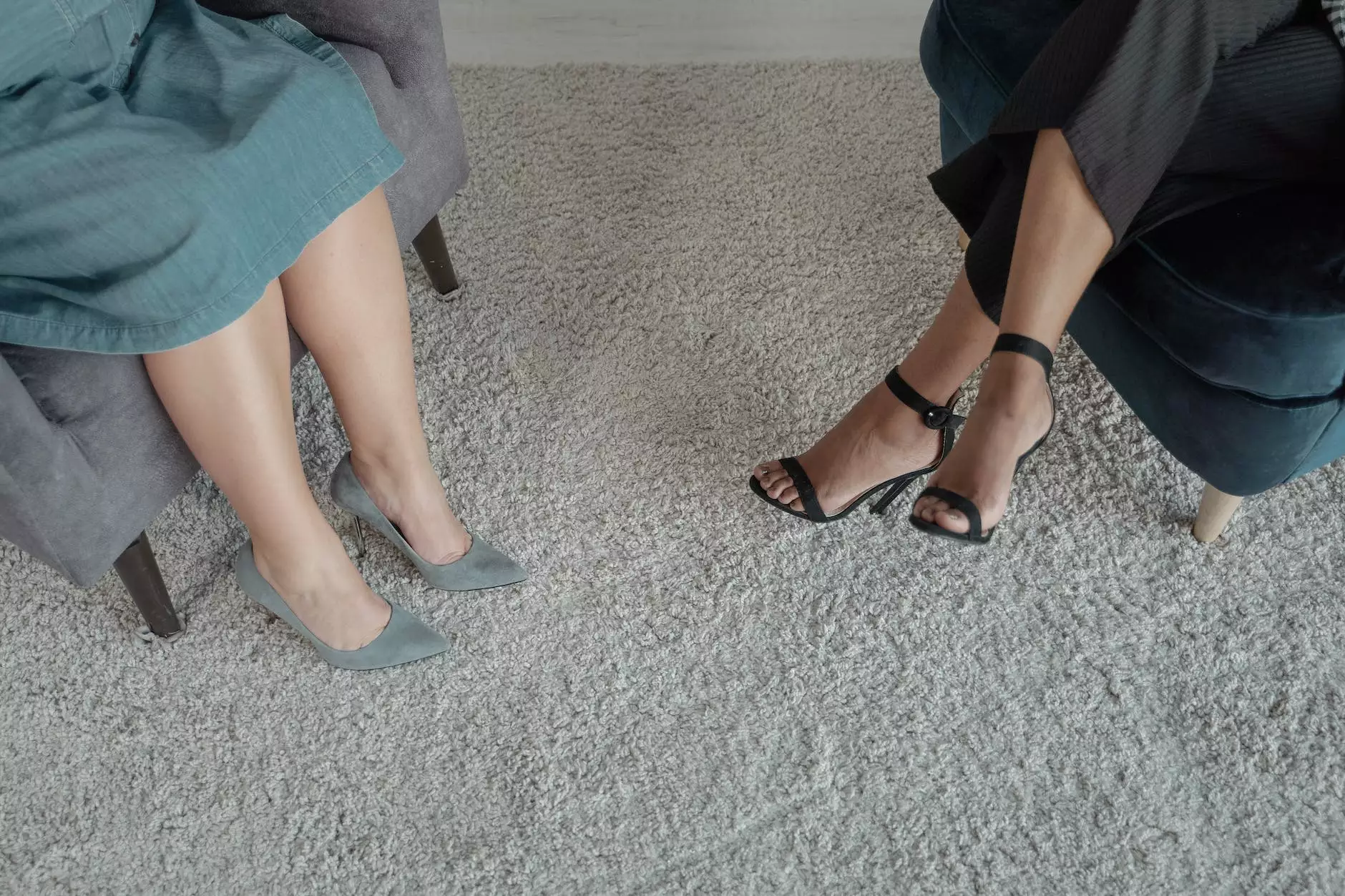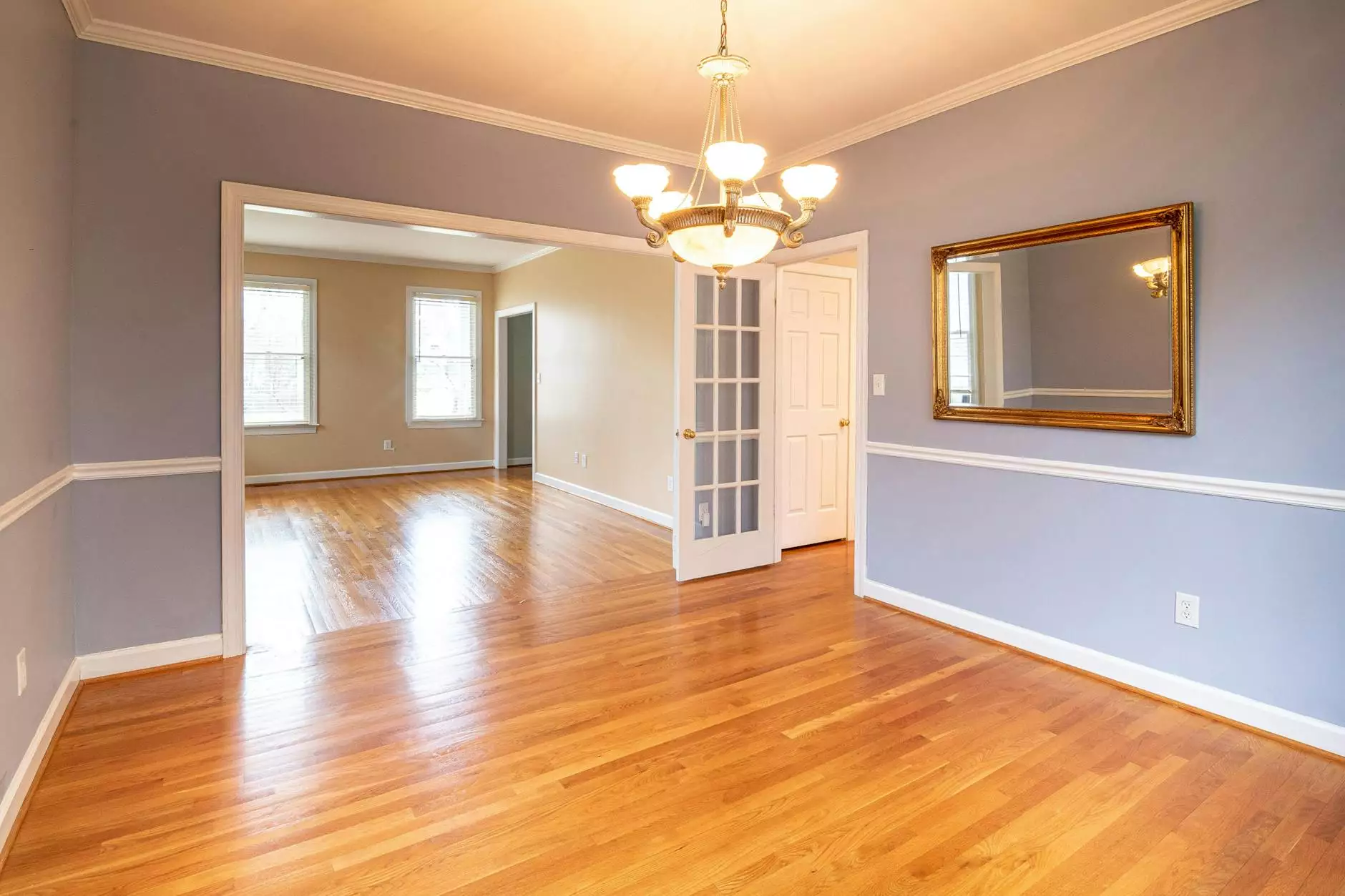The Ultimate Guide to Home Dehumidifiers for a Healthier Living Space

Creating a comfortable and healthy environment in your home is essential for overall well-being. One often overlooked element in achieving this is the home dehumidifier. In this comprehensive guide, we will explore everything you need to know about home dehumidifiers, including their benefits, how they work, and tips for selecting the right one for your needs. Whether you’re dealing with excess moisture or simply looking to improve the quality of your indoor air, understanding how a dehumidifier works can transform your living space.
What is a Home Dehumidifier?
A home dehumidifier is an appliance designed to reduce the moisture level in the air. It works by drawing in humid air, removing the excess moisture, and then releasing drier air back into the environment. This process not only helps make your home more comfortable, but it also has significant health and maintenance benefits.
How Does a Home Dehumidifier Work?
The operation of a home dehumidifier can be broken down into a few simple steps:
- Air Intake: The dehumidifier pulls in humid air from the room.
- Cooling Coils: The air passes over cooling coils, where the temperature drops. As the air cools, moisture condenses into water droplets.
- Collection Reservoir: The collected water drips into a storage tank or is drained away through a hose.
- Warm Air Release: Finally, the dehumidified air is warmed slightly by passing over warm coils (optional) and is released back into the room.
Benefits of Using a Home Dehumidifier
Investing in a home dehumidifier offers numerous benefits that can enhance your quality of life.
1. Improved Air Quality
By reducing humidity levels, a dehumidifier helps prevent the growth of mold and mildew, which can adversely affect air quality and lead to respiratory issues.
2. Increased Comfort
High humidity can make a room feel warmer than it is. A dehumidifier helps maintain a more comfortable atmosphere, allowing you to enjoy your home more fully.
3. Protection of Belongings
Excess moisture can damage furniture, electronics, and other sensitive belongings. Using a home dehumidifier can protect your valuable items from warping, rusting, or deteriorating.
4. Reduction of Allergens
Excess humidity can exacerbate dust mites and other allergens. By controlling humidity levels, a dehumidifier can help reduce allergy symptoms, making the environment healthier.
How to Choose the Right Home Dehumidifier
Selecting the right home dehumidifier can be overwhelming with the variety of models available. Here’s what to consider:
1. Size of the Unit
Home dehumidifiers come in different capacities, often measured in pints per day (PPD). The size you need depends on the area and the level of humidity:
- Small spaces (up to 1,500 sq ft): 30-50 PPD
- Medium spaces (up to 2,500 sq ft): 50-70 PPD
- Large spaces (over 2,500 sq ft): 70+ PPD
2. Humidity Level
Assess the average humidity in your home to determine the power of the dehumidifier you’ll need. A hygrometer can help measure the humidity levels accurately.
3. Energy Efficiency
Look for models with the Energy Star label. These units are designed to operate more efficiently, saving you money on electricity bills in the long run.
Best Practices for Operating a Home Dehumidifier
To maximize the effectiveness of your home dehumidifier, follow these best practices:
1. Keep Windows and Doors Closed
For optimal performance, ensure that all windows and doors are closed when the dehumidifier is in use. This prevents the entry of more humid air.
2. Regular Maintenance
Clean or replace the filter regularly per the manufactuer’s instructions. A dirty filter can reduce efficiency and promote the growth of mold.
3. Monitor Humidity Levels
Use a hygrometer to keep an eye on humidity levels and adjust the settings on your dehumidifier to maintain optimal conditions (ideally between 30-50% humidity).
When to Use a Home Dehumidifier
You may need to run your home dehumidifier in certain conditions:
- When experiencing dampness or moisture in the air.
- During rainy or humid seasons.
- In basements or other areas prone to humidity.
- After activities like showering or cooking that increase moisture levels.
Common Misconceptions About Home Dehumidifiers
Understanding the truth behind common misconceptions can help you utilize your home dehumidifier more effectively:
1. Misconception: A Dehumidifier Will Completely Dry Out the Air
While a dehumidifier reduces humidity, it doesn't entirely dry out the air; it maintains a balance that can improve comfort and air quality.
2. Misconception: Dehumidifiers are Noisy
Modern units often come equipped with sound-dampening technology, making them quieter than earlier models. You can even find models designed to operate silently.
3. Misconception: They Are Only for Basements
While they are beneficial in damp areas like basements, dehumidifiers can be used in any room in your house where humidity is an issue.
Conclusion: Enhance Your Home with a Home Dehumidifier
A home dehumidifier is an essential appliance for maintaining a comfortable, healthy living environment. By understanding how these units work, their benefits, and how to choose the right one, you can significantly improve indoor air quality and overall comfort in your home. Investing in a high-quality dehumidifier from Climatronics, with your health and well-being in mind, can provide peace of mind and a healthier lifestyle.
Explore our selection of home dehumidifiers today, and take the first step towards a better living space!









